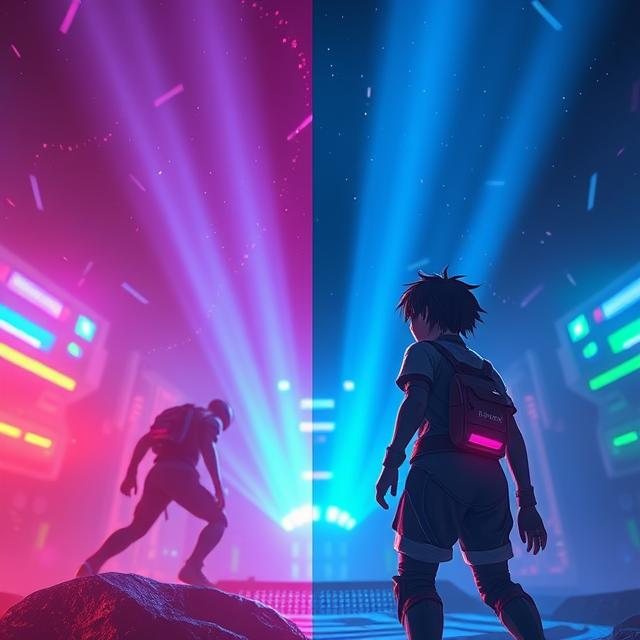The choice between 2D and 3D game development affects not only the artistic style and gameplay mechanics but also the software tools used. While some engines support both styles, others specialize in one, each offering distinct workflows, pipelines, and feature sets.
2D Game Development Software is typically simpler, more lightweight, and faster to prototype. Engines like GameMaker Studio, Godot, and Construct are optimized for 2D environments. They include features like sprite animation editors, tilemaps, and parallax layers. Unity also supports 2D development through its dedicated 2D tools (Sprite Renderer, 2D Physics, etc.).
Popular 2D genres—platformers, puzzle games, RPGs—benefit from clear visuals and lower asset complexity. The development cycle is generally shorter, and performance is easier to manage across devices, especially mobile.
3D Game Development Software like Unreal Engine, Unity (3D mode), and CryEngine enables the creation of immersive worlds with perspective, lighting, shadows, and depth. These engines come with support for 3D modeling, rigging, shaders, particle systems, and advanced physics.
3D development requires additional skills—modeling in tools like Blender or Maya, handling 3D collision, and understanding camera perspective and lighting. But the visual payoff and gameplay depth (especially in first-person or open-world games) are massive.
Ultimately, choosing between 2D and 3D depends on the vision, resources, and target audience. The good news? Many engines—especially Unity and Godot—let you mix 2D and 3D, giving developers the best of both worlds.

Leave a Reply